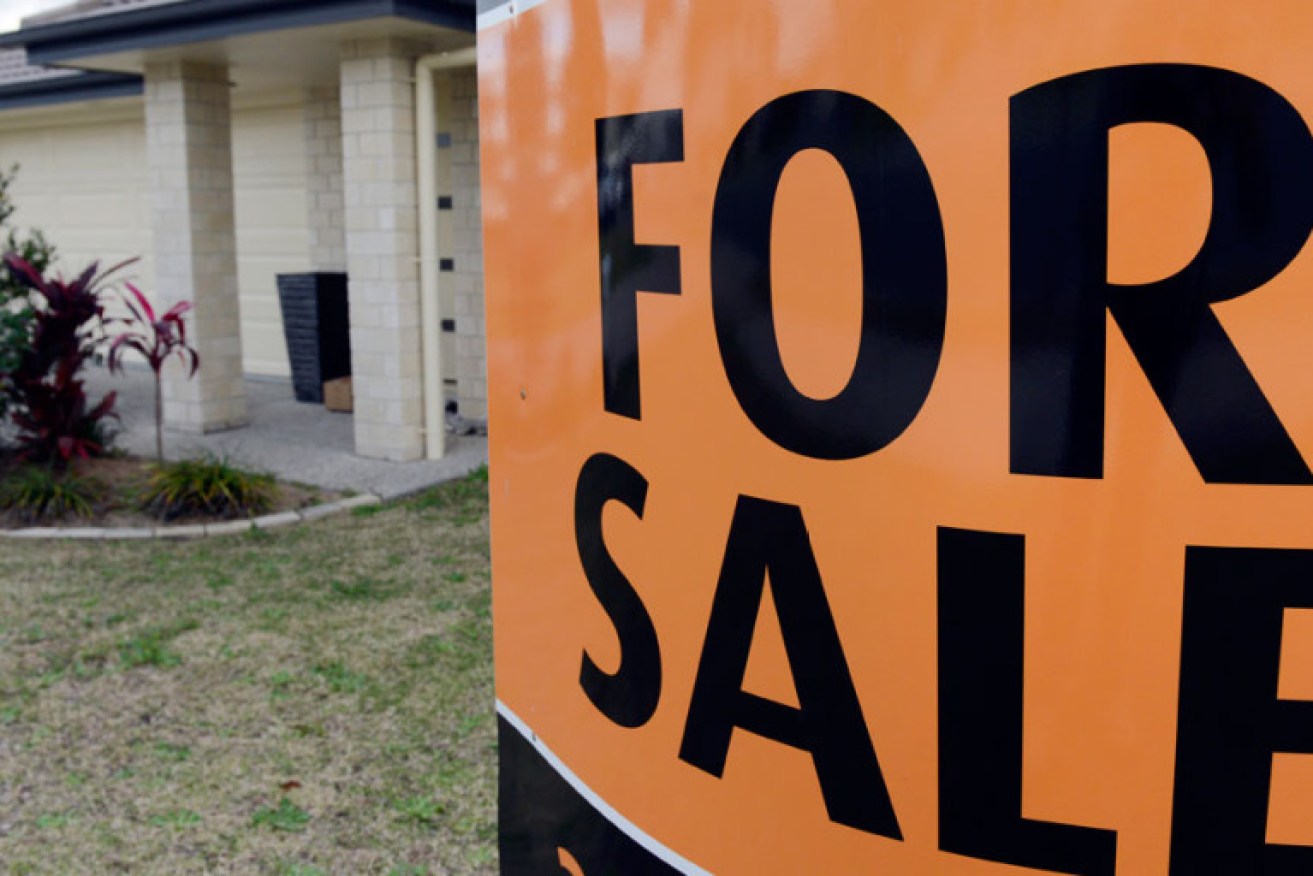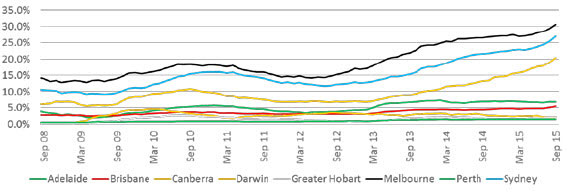Adelaide monthly housing values rise
Adelaide home prices have shot past traditionally stronger markets to record the highest month-on-month value growth rate for November.


Adelaide recorded a growth rate of 0.7 per cent, followed by Brisbane with 0.6 per cent and Perth had a small bounce of 0.3 per cent.
The median price for an Adelaide dwelling is now $410,000.
Adelaide still rates as one of the most affordable capital cities to buy real estate with Hobart recording the lowest median price of $335,000.
Sydney remains the most expensive city to invest with median residential prices sitting at $810,000.
Home values fell in five of the eight capital cities with the traditionally strong markets of Sydney and Melbourne experiencing a November slump.
CoreLogic RP Data head of research Tim Lawless said slower housing market conditions for Sydney and Melbourne became clear earlier in the year and continued through to November.
“The latest results are now placing downwards pressure on the annual change in dwelling values,” Lawless said.
“The annual rate of growth across the combined capitals index peaked at 11.5 per cent back in April 2014 and has since been reduced to 8.7 per cent.”
Melbourne values fell 3.5 per cent for the month and -0.5 per cent for the quarter while Sydney values were down 1.4 per cent for November and -1 per cent for the quarter.
Hobart property prices fell 2.4 per cent and Darwin, coming off the boil as resource operations in the west slow down, has fallen 1.3 per cent.
Canberra houses fell by 0.5 per cent but climbed 2 per cent for the quarter and has enjoyed year-on-year growth of 4.5 per cent, still considerably behind Sydney and Melbourne’s annual growth at 12.8 per cent and 11.8 per cent respectively.
Darwin and Perth are the only capital cities to experience a decline in the annual property value with -4.2 per cent and -4.1 per cent respectively, where weaker economic conditions and slowdown in population growth have contributed in the falling prices.
“The fact that mortgage rates have risen independently of the cash rate has, in all likelihood, become a contributor to the slowdown in housing marketing conditions, as well as tighter lending practices evidenced by a recent reduction in lender risk appetite for investment loans and high loan to valuation ratio,” Lawless said.





